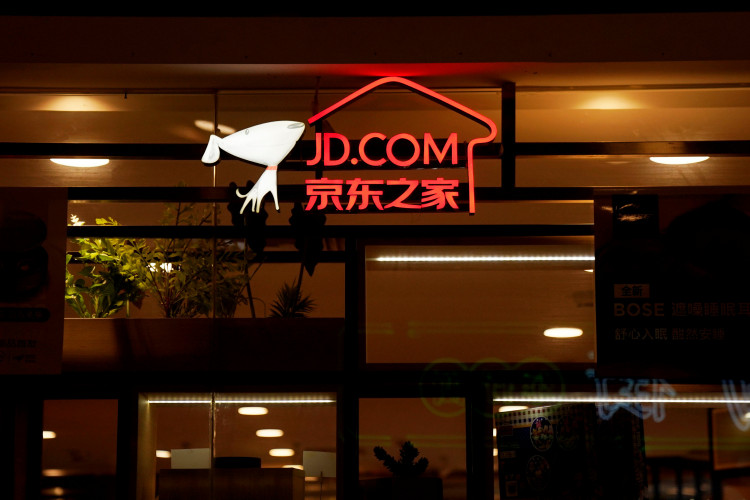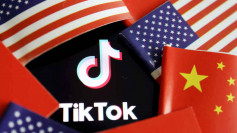Richard Liu, JD.com's billionaire founder is in the midst of a restructuring plan aimed at lashing out the growing number of "slackers" at the company to stern its continuous losses.
Mr. Liu wrote on a message posted in his WeChat that the company's staff has ballooned. He noted that more and more people are giving orders, and less and less of them are doing real work. He mentioned that there are a lot of slackers in his company.
Recently the Chinese firm eliminated the base salary of its massive delivery fleet and reorganized its management. According to the reports of the media, JD.com dismissed some of its workers. The company denied the allegations of job cuts.
According to the spokesman of the company, they don't have a plan for large layoffs and, on the contrary, they are planning to hire an additional 15,000 workers this year. The spokesperson said that they are making organizational adjustments to make the company more agile and responsive.
He also said that they are going back to their entrepreneurial roots and they hope these adjustments will help them return to their previous fast growth.
Analysts, however, believe that the company will struggle to resume its rapid growth because it is venturing into some increasingly competitive lines of business. JD.com currently seeks to use discounts to attract users in lower-tier cities as it faces saturated markets in metropolitan cities from Beijing to Shanghai.
In the new marketing strategy, users of the platform can form purchase groups and bargain for discounts through the JD Shangou and the JD Pingou apps which is similar to the same strategy used by the budget-shopping service Pinduoduo.
According to Steven Zhu, a Shanghai-based analyst at research firm Pacific Epoch, JD.com's platforms are growing rapidly but their user base is still small. He added that it is still at an early stage and its new platforms are far from being able to compete with Pinduoduo right now. Analysts believe that the company critically needs additional customers. In 2018, the company's annual active customer accounts increased by just 4 percent to 305.3 million.
The company's revenue of $19.6 billion surpassed projections during the final quarter of 2018 because of the big promotional events like the Singles Day shopping bonanza.
The company's losses, however, increased to $700 million from 2017 because spending on marketing and logistics increased. Data showed that the company was unable to register its annual profit since it was listed on the Nasdaq in 2014.






